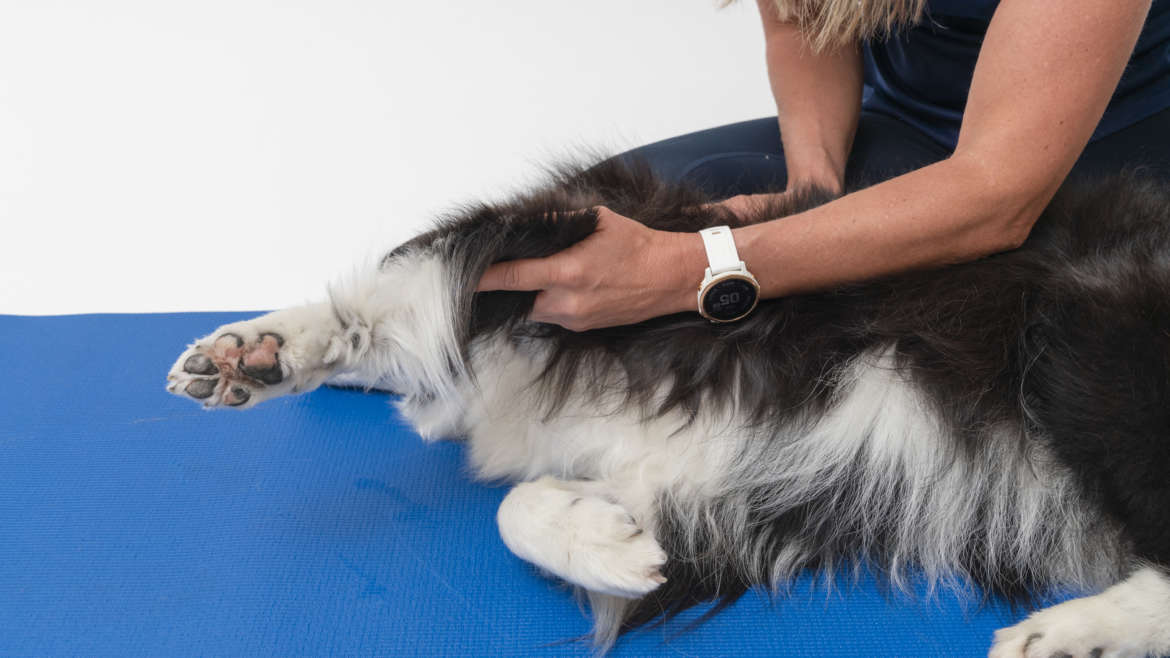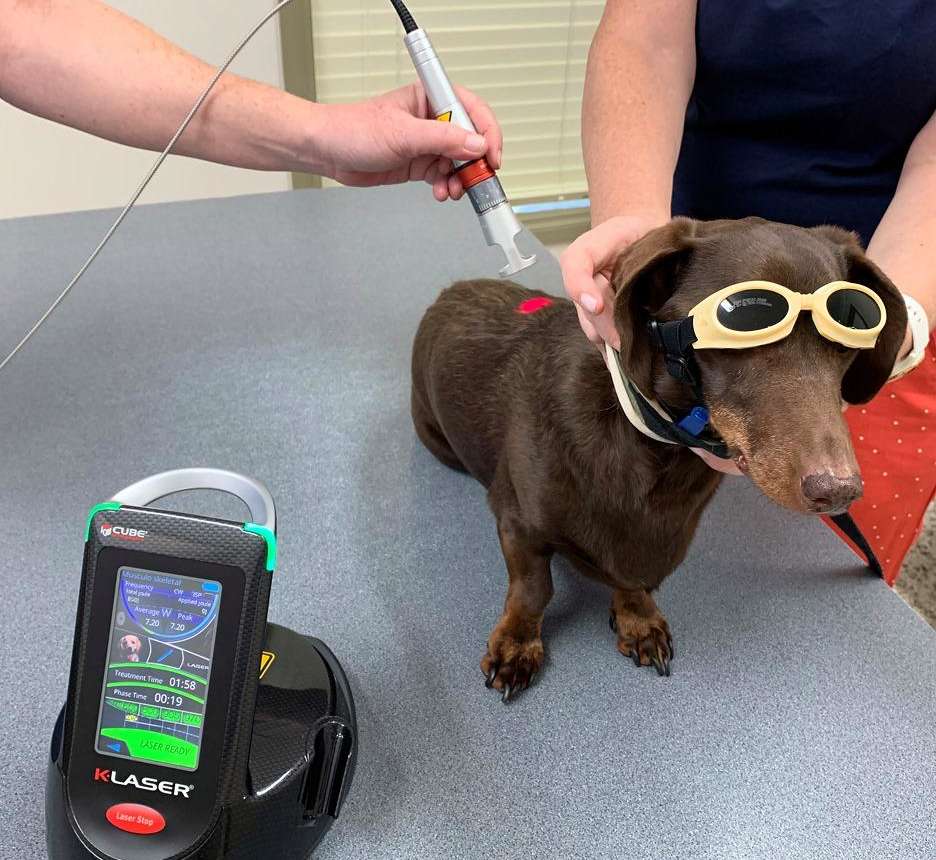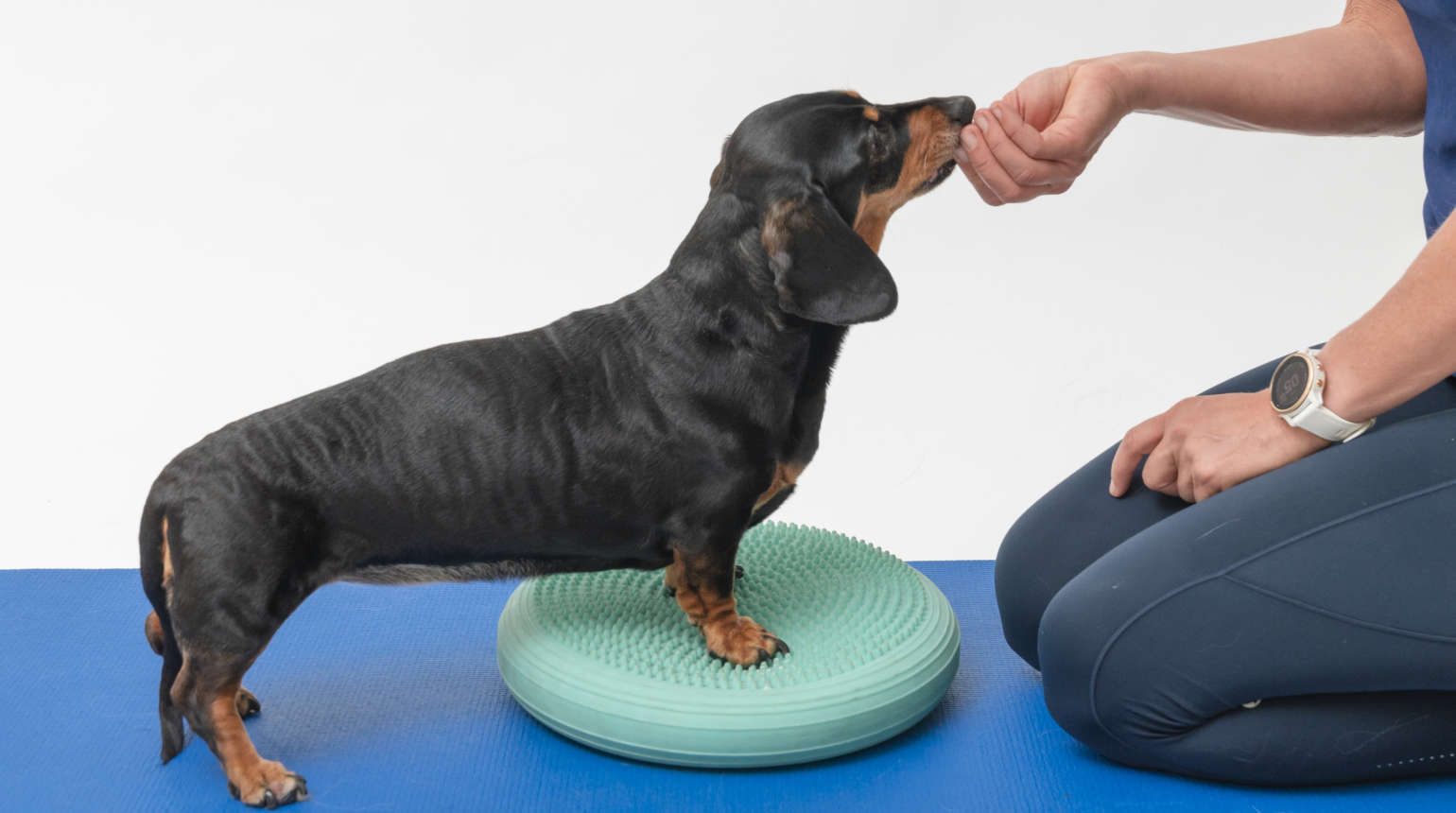What is elbow dysplasia?
Elbow dysplasia is a general term that covers a range of different anatomical positions that the elbow may be in. Elbow dysplasia occurs when there is an abnormality in the elbow joint. It is like hip dysplasia in that it is caused by growth abnormalities; however, it only affects the forelimbs. While elbow dysplasia can affect one or both forelimbs, it typically affects both sides.
The elbow is made up of three bones: the humerus, radius, and ulna. If any of these bones do not fit together correctly, as seen in elbow dysplasia, it can lead to pain, lameness, arthritis, and even fractures.
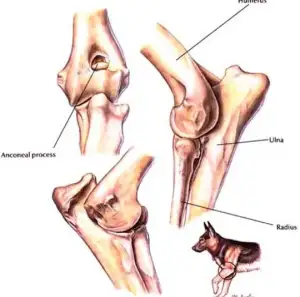
What causes elbow dysplasia?
Elbow dysplasia is a genetic disorder influenced by various environmental factors. It is known as a polygenic disorder, meaning that it is influenced by multiple genes. Certain environmental factors, such as obesity and trauma during puppyhood, can contribute to the development of hip dysplasia. However, these factors alone do not cause elbow dysplasia. A dog requires the combination of a genetic predisposition and environmental factors to develop the condition.
What are the symptoms?
The most common sign of elbow dysplasia is lameness. If only one limb is affected, this may be observed as a ‘head-bobbing’ gait. However, if both limbs are affected, the lameness may be more challenging to detect. The lameness is typically worse after long periods of rest and exercise. If both elbows are affected, or the pain is severe, a dog may begin to refuse to go for a walk or run around. Furthermore, descending stairs may become difficult or awkward, as this places more weight on the forelimbs. Your dog may also exhibit internally rotated forelimbs, where the feet turn in towards the body.
What breeds is this common in?
Elbow dysplasia is common in larger dogs, and the most frequently affected breeds are Labrador Retrievers, Golden Retrievers, German Shepherds, and Rottweilers. However, Pugs are also frequently impacted.
What are the treatments?
Elbow dysplasia can be managed both conservatively and surgically. The most appropriate option for your animal will be individual, and it is best to have a discussion with your vet to consider your options.
All dogs with elbow dysplasia will develop osteoarthritis regardless of whether they have had surgery. Surgery cannot correct the cause of elbow dysplasia, as it is due to abnormal development; however, it can help to remove damaged tissue for pain relief and increase function. Dogs with severe elbow dysplasia will require extensive surgery, and there are various surgical options that your vet can advise you on.
Conservative management of elbow dysplasia may be preferable in some cases. This type of management generally consists of physiotherapy, weight management, exercise, and pain relief medication. Similar to surgery, conservative management will not cure elbow dysplasia; however, it is a non-invasive option that can successfully relieve symptoms and increase function.
Where does physiotherapy fit in?
Physiotherapy plays a role in both post-surgical and conservative treatment. As mentioned above, all dogs with elbow dysplasia will develop osteoarthritis to some extent. In human studies, physiotherapy has been shown to improve mobility and strength while decreasing pain in patients with osteoarthritis. This research has been generalized to include dogs. As such, physiotherapy plays an important role in rehabilitation regardless of the treatment approach chosen.
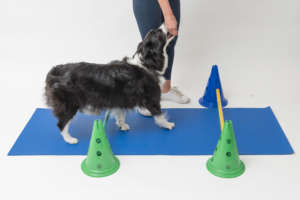
Post-surgery, physiotherapy is essential for maintaining range of motion, preventing contractures, and improving muscle strength. A goal of post-surgical physiotherapy is to return your pet to its previous level of functioning as quickly as possible. Physiotherapy also plays an important role in conservative management to maintain strength and function. Additionally, physiotherapy can help with pain management as the condition progresses. Hydrotherapy may also be incorporated into treatment, as it is an effective way to build muscle and reduce pain. It is also beneficial for weight management.

